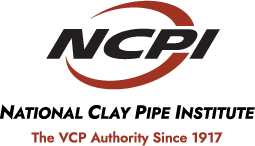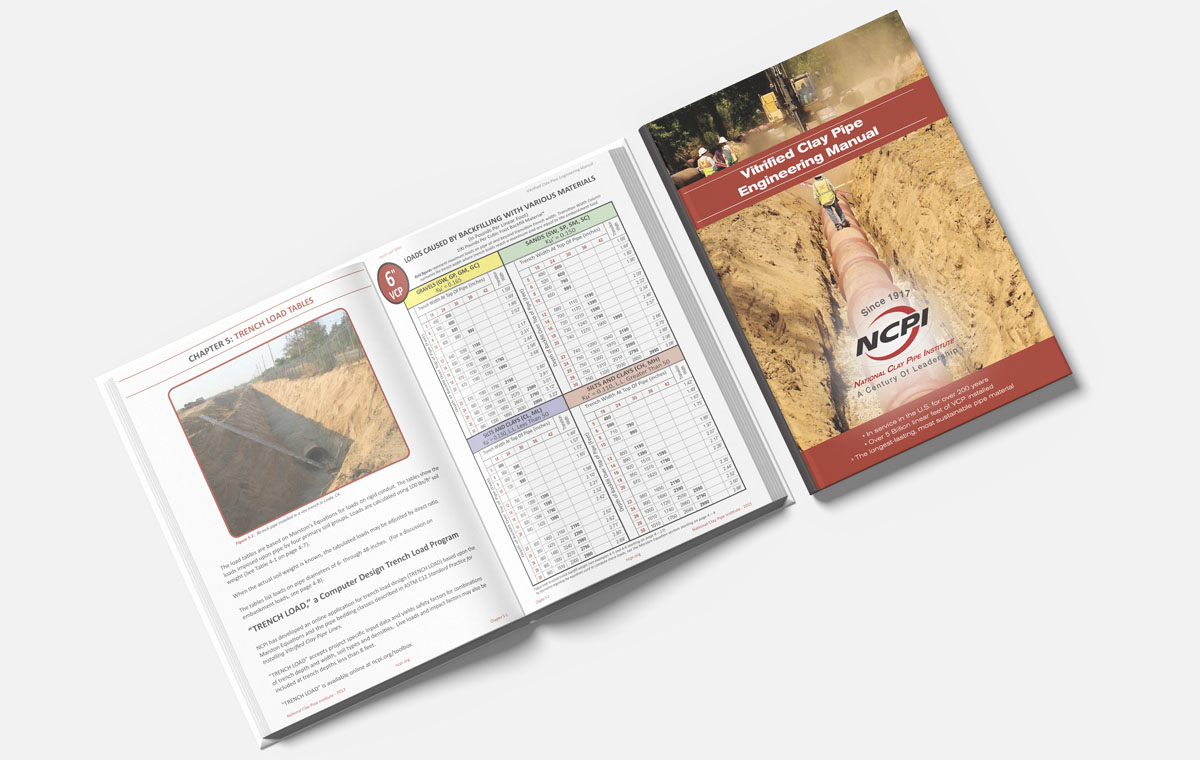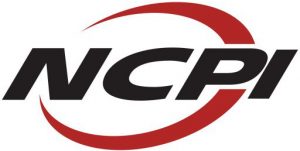Vitrified Clay Pipe
- Over 5 Billion linear feet of VCP installed in the U.S.
- In service in the U.S. for over 200-years
- THE longest-lasting, most sustainable pipe material
The Vitrified Clay Pipe Engineering Manual has been prepared by the National Clay Pipe Institute (NCPI) and is offered by the member manufacturers of the Institute as an aid to those requiring engineering reference data applicable to the design, construction, installation, and testing of sewer systems and other projects in which Vitrified Clay Pipe (VCP) should be used.
For at least 6,500 years, clay pipe has been used in sanitary sewers. The design standards and planned functions have changed significantly over the last six millennia, but the knowledge base acquired over that period is an important part of the development of the clay pipe of the 21st century.
Find out more about VCP, design guidelines, installation techniques, and long-term operations and maintenance in the Vitrified Clay Pipe Engineering Manual.




